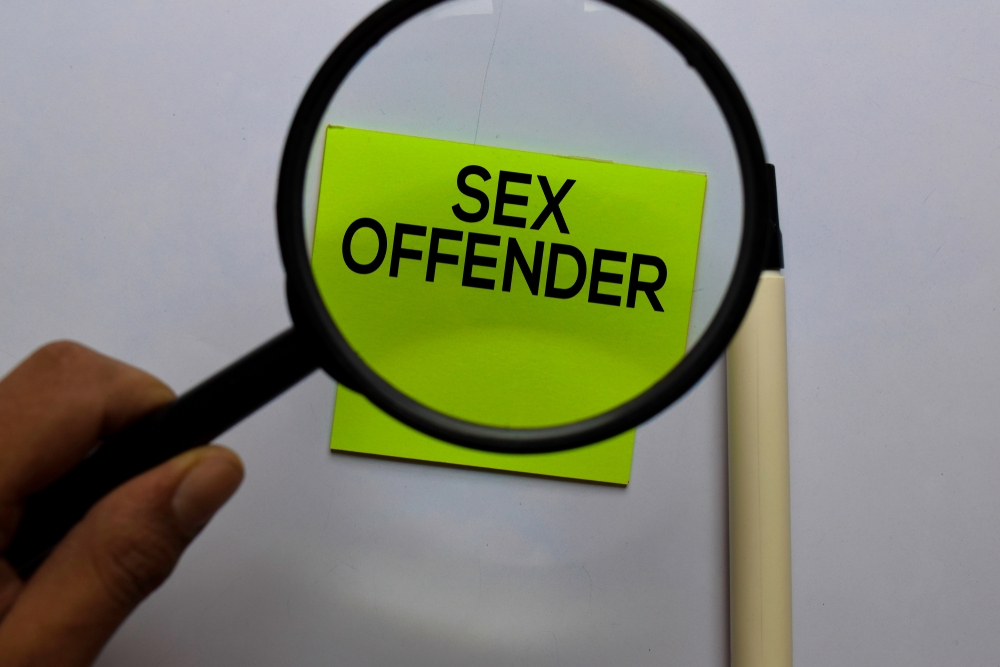
Under Maryland law, people who are convicted of certain charges related to sex crimes must register for the state’s Sex Offender Registry. This penalty is in addition to any fines or time behind bars.
The stated policy behind the registry is that it warns the public of the presence of a possible sexual predator in the midst. In practice however, many people who are forced to register pose no serious threat to the population. What’s worse, being named on the registry can make it difficult to find adequate employment or housing. People who have already served their time and paid their fines may find it very difficult to rebuild their lives when they have a criminal conviction on their record and must register as a sex offender.
Maryland uses a three tier system for determining how long registry must last. The type of conviction determines the tier. The most serious tier is Tier III, which requires registration for the rest of the person’s life.
Tier II includes offenses such as Distribution of Child Pornography, Human Trafficking and Sexual Solicitation of a Minor. Those convicted of these offenses and placed in Tier II must be registered for 25 years.
The charges involved in Tier I convictions can seem relatively minor, but a conviction can require registry for 15 years. For example, one offense listed under Tier I is known as “Misleading Words or Digital Images on the Internet.” People with two or more Tier I convictions are bumped up to Tier II.
Placement on the Sex Offender Registry is just one of the penalties people face after they have been convicted of sex crimes in Maryland, but it is a penalty that can stay with them for many years. Those who have been accused of sex crimes should speak to a skilled criminal defense lawyer to learn about ways to protect their futures.
Facing a Sex Crime Conviction in Towson Maryland? Maronick Law Can Help You Fight Registry Placement
If you're convicted of a sex crime in Towson or elsewhere in Maryland, you may be required to register as a sex offender—sometimes for life. The consequences go far beyond fines or jail time. At Maronick Law, we fight to protect your rights and future from the moment you’re accused. Contact us to speak with a Towson criminal defense attorney who knows how to challenge registry placement and limit long-term fallout.

Disclaimer: This blog is intended for informational purposes only and does not establish an attorney-client relationship. It should not be considered as legal advice. For personalized legal assistance, please consult our team directly.
